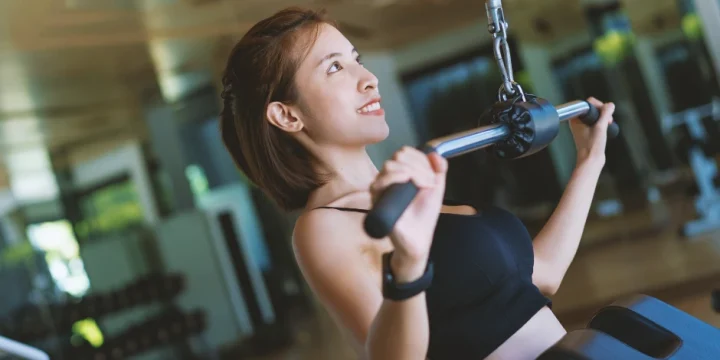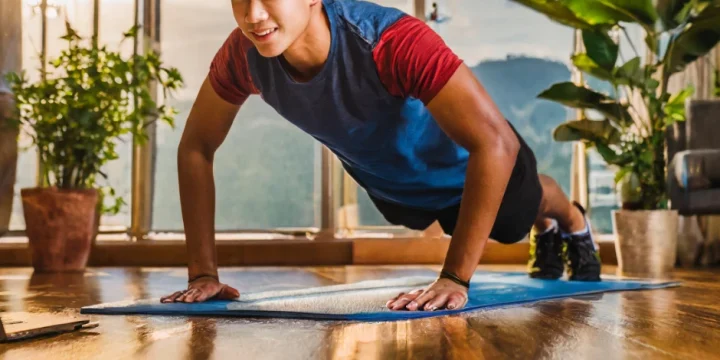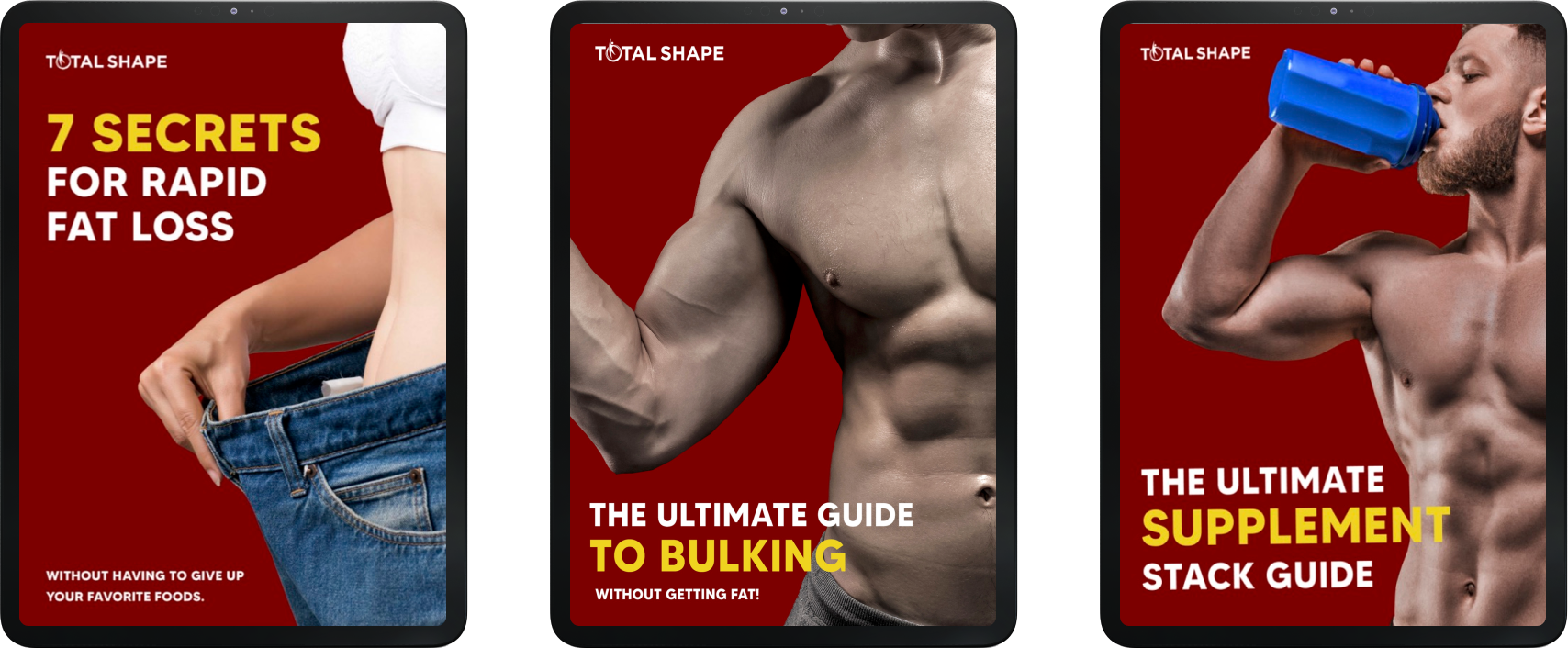As a personal trainer, I have helped many clients to build and expand their home gyms. What surprises most of them is how small your budget can be to get a basic garage gym set up with enough gear to do cardio and strength training.
And to help our readers better understand the budget approach we recommend, I got the team together to share all the tips we’ve got from other fitness coaches.
Start with the absolute basics, and then consider investing in high-quality compact home gym equipment.
Quick Summary
- To establish an affordable home gym, start with basic equipment like a yoga mat, jump rope, and resistance bands, which are sufficient for a variety of workouts.
- Focus on purchasing essential items first, such as an exercise mat and adjustable dumbbells, before expanding to more specialized equipment.
- According to Gymdesk, annual gym memberships can exceed $600 annually, and a home gym can provide significant savings over time.
- From my experience, investing in a home gym is not only cost-effective but also offers the convenience and personalization that a public gym cannot match.
What Do You Need for a Home Gym on a Budget?
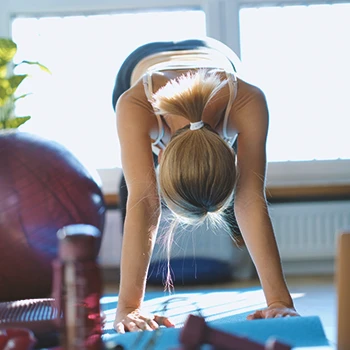
For a home gym on a budget, you need to invest at least in an exercise mat, resistance bands, a jump rope, and possibly a workout bench.
With just these basic items, you’ll be able to do effective cardio and strength training workouts at home.
All of these should cost you less than $150, and from there, you can always gradually add more items.
Most people would probably consider some free weights like dumbbells, but if you prefer having more cardio flexibility indoors, then a treadmill or rowing machine might be your next significant investment.
Prioritizing Your Investment

From my experience, setting clear priorities is crucial when investing in home gym equipment.
I learned to assess my fitness goals and space constraints first, which guided my decisions on what equipment to purchase without unnecessary spending.
Minimum Equipment
Even if you have a minimal budget, there are a few things you can buy online and in sports stores that will allow you to start working out at home.
I personally started with just a few affordable items I bought online - an exercise mat, a jump rope, and some resistance bands. These were enough to kickstart my fitness routine at home.
Here is what I would generally recommend focusing on first:
- Exercise or yoga mat
- Jump rope
- Stability ball
- Resistance bands
- Adjustable workout bench
You’ll be able to work on your upper and lower body as well as core muscles. And it’s easy enough to do cardio with a jump rope or head outside for a run.
Free Weights
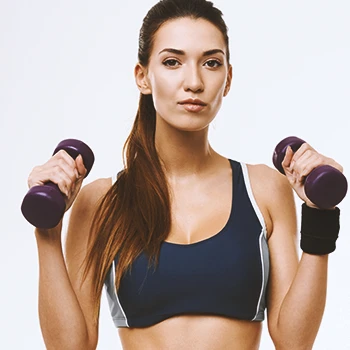
Many of my clients find after a while that the resistance bands eventually limit their progress.
They are also not an exact science for keeping track of your training data, so I would suggest investing in some adjustable dumbbells.
A large set of 20+ dumbbells can cost almost $1,000, but adjustable ones will be a lot cheaper and easier to store.
And once you’re heading for much heavier loads on a bench press, squat, or deadlift, then it will come time to invest in a barbell and some Olympic weight plates [1].
Exercise Machines
After mastering the basics, I advise my clients to step up their cardio game.
The next thing you would possibly consider is a cheap cardio machine like a rower or stationary bike. These also tend to take up less space giving you more flexibility.
The added bonus is that they have very little impact on your joints, making them less prone to cause injuries. In fact, according to a PubMed study, a rower could even improve joint health[2].
“Rowing burns serious calories without putting added stress on your joints. It allows you to control the movement and pace and is a great exercise for active recovery.”
- Jake Tipane, CPT, at HealthLine.com
Pre-Owned Equipment
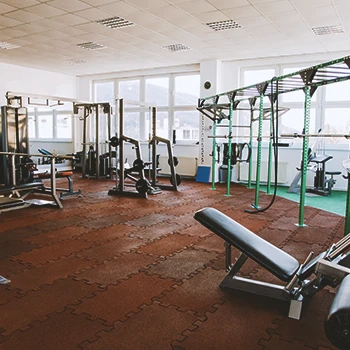
Based on my experience with pre-owned fitness equipment, caution is key.
Often, you’ll find that someone had great dreams of getting fit, and they spent $1,000 on a machine that was used about five times. These can be a great bargain.
But, if machines have seen some heavy use, then you could be looking at something that won’t last too long.
One way to gauge this is by looking at the wear on the machine and also the person selling. If they are extremely fit, then the chances are the machine got a lot of use.
Space-Saving Design and Equipment for Small Spaces
Not everyone has the luxury of a dedicated room for a home gym. However, with smart design choices and the right equipment, you can create an effective workout area even in small spaces:
- Choose multi-functional equipment: Resistance bands, for example, are incredibly versatile and can be used for a full-body workout. Adjustable dumbbells take up far less space than a full set of weights but offer the same range of exercise options.
- Utilize wall and doorway solutions: Make the most of your vertical space. Wall-mounted pull-up bars, door-mounted resistance bands, or suspension training systems like TRX can be installed in doorways or on walls.
- Foldable and storable equipment: Foldable treadmills, collapsible weight benches, and compact stationary bikes are great for small spaces. They can be easily tucked away under a bed or in a closet, keeping your living space uncluttered.
- Get creative with storage: Wall shelves or storage racks can keep your equipment organized and off the floor. Over-the-door shoe organizers can be repurposed to hold small items like jump ropes, resistance bands, and hand weights.
FAQs
What Is the Most Affordable Exercise Equipment?
Resistance bands, yoga mats, and stability balls are the most affordable pieces of exercise equipment. You’ll be surprised how many different exercises you’ll be able to do with just these few items.
Is It Cheaper to Go to the Gym or Work Out at Home?
It’s cheaper to work out at home if you don’t need a lot of specialized equipment. Gym memberships can end up costing over $600 per year, and you’ll get a lot of equipment for that money.
References:
- https://www.livestrong.com/article/1010395-olympic-weights-vs-standard-weights/
- https://pubmed.ncbi.nlm.nih.gov/25226943/
About The Author
You May Also Like

